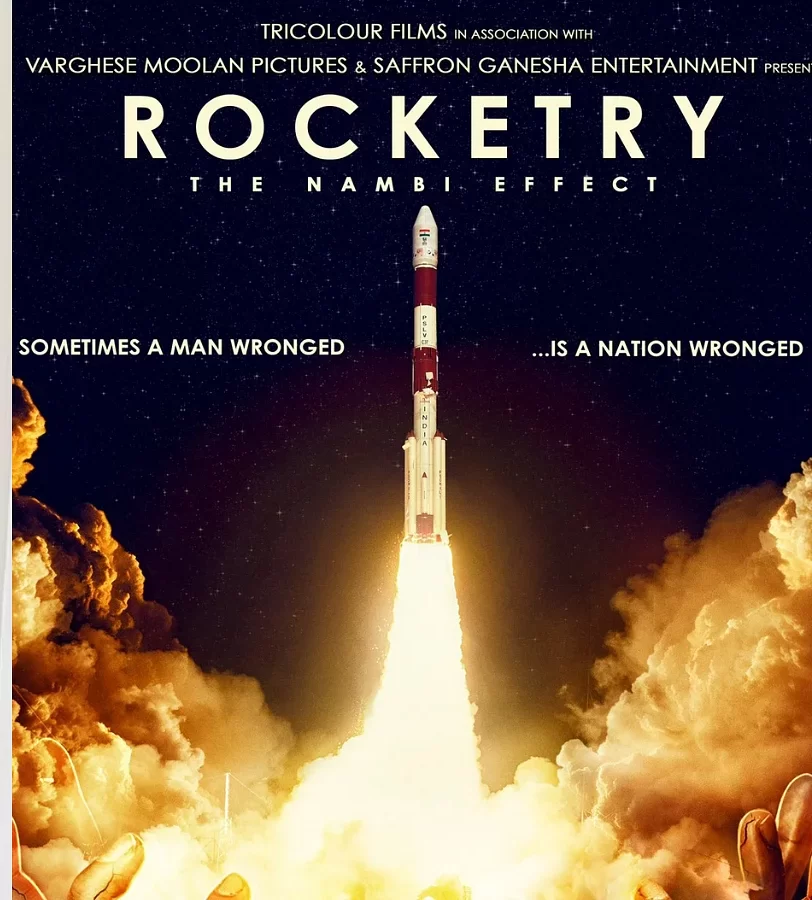MUMBAI: The American Film Institute (AFI) has declared the year’s AFI Moments of Significance. These seven noteworthy events were determined to have had an impact on the world of the moving image during the calendar year 2007.
Each year, AFI AWARDS adds another volume to the history of American film and television by documenting the collective opinion of the moving image communities, archiving the year’s significant moments and honoring the talent and collaborative teams who have created the year’s outstanding accomplishments. Ten AFI Movies of the Year and 10 AFI Television Programs of the Year were announced earlier this month. A complete list of the 2007 official selections and the 2007 juries can be found at its website.
The AFI AWARDS 2007 selections were made through AFI’s unique 13-person jury process in which scholars, film artists, critics and AFI trustees discuss, debate and determine the most outstanding achievements of the year, as well as highlight these significant events that will shape our cultural legacy. Two AFI juries — one for motion pictures and one for television — convened in Los Angeles for two days of deliberations.
AFI will honor the creative ensembles for each of the selections at a luncheon sponsored by Hewlett-Packard on Friday, January 11, 2008 at the Four Seasons Hotel in Los Angeles, California.
AFI Moments of Significance may include accomplishments of considerable merit; influences with either a positive or negative impression; trends, either new or re-emerging; anniversaries or memorials of special note; and/or movements in new technologies, education, preservation, government or other areas that impact the art film, television and digital media.
The AFI Moments of Significance selections are listed below:
The Writers Guild Strike – Addressing storytelling in the digital future
The ongoing digital revolution has upended conventional economic models, and uncertainty abounds when attempting to project how an audience will receive its storytelling in the years to come and how creators will be paid for their work.
On 5 November, the 12,000-plus members of the Writers Guild of America went on strike against the Alliance of Motion Picture and Television Producers. Though the strike is itself traumatic, it is but a part of a larger paradigm shift. At best, it may be a defining event in shaping the future.
AFI looks forward to the day when a new business model will form, and an artist’s work will rise above the numbers and continue to inform and inspire us all.< Page Break >
Bergman and Antonioni – The end of an era
Ingmar Bergman and Michelangelo Antonioni, two of the world’s most influential filmmakers, both passed away on July 30.
Bergman directed more than 50 films in a career that spanned 40 years. Classics like The Seventh Seal, Wild Strawberries, Cries and Whispers and Persona explore religion, death and existentialism with an unflinching honesty and eloquence.
Antonioni’s career also spanned more than 40 years, with landmark films like L’Avventura, Blowup, La Notte and The Passenger, each marked by the director’s innovative approach to narrative storytelling.
Bergman and Antonioni were artists emblematic of an era — a time when audiences around the world sought out a challenging cinematic experience. The unique personal and artistic vision of these towering figures catalyzed conversations long after moviegoers left the theater and continues to inspire a generation of artists today.
iPhone – Symbol of the exploding on-demand culture
Apple unveiled the iPhone in 2007, sparking a cultural frenzy. In addition to operating as a phone, camera and computer, the user-friendly iPhone allows consumers to stream and download television programs and movies. Overnight, the iPhone became a symbol of a public that demands its content where they want it and when they want it.< Page Break >
War on terror creates cultural spasm
2007 marked a year when American film artists responded to the war in an attempt to create order out of chaos. Though it was largely difficult to find an audience for their stories, filmmakers marched forward in a struggle to understand — to ask questions — to demand answers.
Films like In The Valley of Elah, Lions for Lambs, Charlie Wilson’s War, Grace is Gone, A Mighty Heart, The Kite Runner and Redacted all wrestled with the war directly. And this emotional quandary carried into the core of other films as well — the dark brutality of There Will Be Blood and No Country for Old Men and the moral questions raised by Michael Clayton also reflect the country’s bruised and brooding times.
No other American war has inspired this deep a cinematic expression while the conflict is still taking place. Films released during World War II were supportive of the war effort, but movies dealing with the emotional, psychological and societal impact of that war, and also Korea and Vietnam, weren’t produced until years after they had ended.
Part of this new immediacy is due to the accessibility of information from the front line. Whether from an embedded journalist or an Iraqi citizen posting photos on the Internet, news about the war is plentiful, direct and personal, arriving virtually the same day it happens. Given these images and information, filmmakers are driven to make sense of it all here and now and project their stories across America and around the world.
Planet Earth – Landmark Programming in high definition
On 24 March, the Discovery Channel presented Planet Earth, an 11-part series that illuminated the power of television as a unifying force in our global community and reminded viewers that, despite our differences, we all share the precious gifts of our planet.
Over five years in the making, Planet Earth captured breathtaking images from more than 60 countries and over 200 locations. From the forests of Eastern Russia to the Gomantong Caves in Borneo to a volcanic mountain chain at the bottom of the Atlantic Ocean, this epic visual document captured some of the world’s most remote and awe-inspiring locations and brought them into the living room.
That the series came to life in high definition crystallized a moment in the public appreciation for this welcome and wondrous technology.< Page Break >
The hyper-tabloidization of TV news
2007 marked a year when traditional news became subsumed by coverage of material normally relegated to tabloid magazines.
Coverage of Paris, Nicole, Lindsay, Britney, O.J. and Anna Nicole often eclipsed news on the war, an economy in turmoil or topics of international scope or scale.
Websites like TMZ.com and PerezHilton.com attracted devoted audiences, with TMZ even spawning a half-hour television version of its Internet activity. These types of sites are fueled by the ubiquity of cell phone cameras and other recording devices that empower citizen paparazzi who are aggressive and eager partners in helping to tear down pop idols.
America’s cultural obsession with scandal is not a new trend, but in 2007 the tide turned, and the nation began to drown in a sea of celebrity.
Summer on cable redefines year-round programming
In 2007, basic cable television exploded with new and inventive shows that created a seismic shift in America’s viewing habits. Summer is traditionally the season when television is dominated by reruns, but this year audiences enjoyed the premieres of Damages, Army Wives, Saving Grace, Burn Notice, Mad Men and The Starter Wife, and of particular note, High School Musical 2, which attracted over 17 million viewers for its premiere.
Combined with these new forces in narrative fiction, cable also offered a variety of reality and documentary programs, including Planet Earth, Man VS Wild, Ice Road Truckers, Dof The Bounty Hunter, Meerat Manor and Deadliest Catch.




